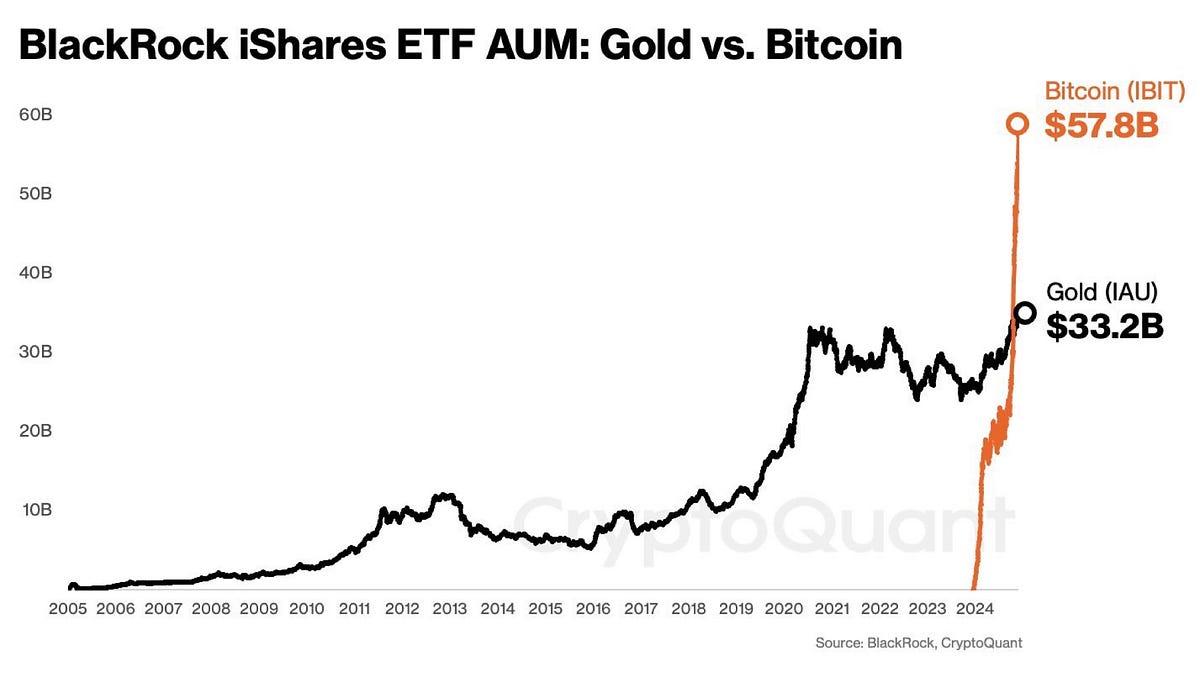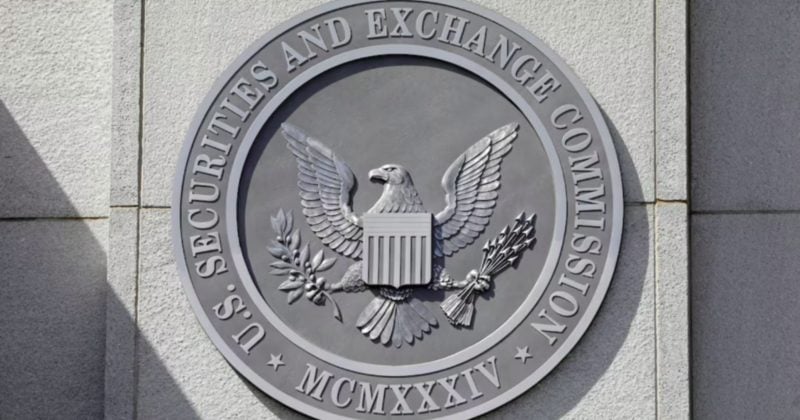The blockchain ecosystem is evolving rapidly, with innovative technologies redefining how data is stored, transferred, and utilized. To understand the structure of this dynamic space, it is essential to break it down into layers. Each layer plays a distinct role in ensuring blockchain networks operate efficiently, securely, and at scale. From the foundational infrastructure enabling cross-chain communication to decentralized applications powering new economies, these layers form a cohesive stack that supports a wide range of use cases.
In this article, we’ll explore the blockchain technology stack across four key layers: Layer 0 (Infrastructure), Layer 1 (Base Blockchain), Layer 2 (Scaling Solutions), and Layer 3 (Applications). We’ll examine the defining characteristics of each layer, followed by an overview of the most prominent projects within them. Whether you’re a blockchain enthusiast, developer, or investor, understanding this layered approach provides valuable insights into the industry’s current landscape and future trajectory.
Layer 0 serves as the foundational infrastructure that underpins the entire blockchain ecosystem. These networks are designed to facilitate communication, scalability, and interoperability between different blockchains. By enabling the seamless transfer of data and assets across chains, Layer 0 supports the creation of interconnected blockchain ecosystems. It also provides foundational services like decentralized storage, oracles (for accessing external data), and potentially even computation.
Key Features:
- Interoperability: Enables communication between otherwise isolated blockchains.
- Scalability: Enhances performance by distributing workloads across multiple chains.
- Flexibility: Provides a foundation for developing customized blockchains.
Key Players:
- Polkadot: Connects and secures specialized blockchains, enabling cross-chain transfers of data and assets.
- Cosmos: Facilitates blockchain interoperability using its Cosmos Hub and the Inter-Blockchain Communication (IBC) protocol.
- Cardano: While primarily L1, its Ouroboros protocol provides foundational infrastructure for scalability and interoperability.
- Internet Computer (ICP): Aims to create a decentralized web by providing infrastructure for interoperable applications.
- Kusama: Polkadot’s canary network for testing parachains and experimentation.
- Quant Network: Focuses on cross-chain interoperability via the Overledger Network.
- Celestia: Focuses on data availability, a crucial component for scaling blockchains.
Layer 1 represents the foundational blockchain protocols where transactions and smart contracts are executed and recorded. These networks establish the rules, consensus mechanisms, and base functionalities that support decentralized applications (dApps) and tokens.
Key Features:
- Security: Ensures network integrity through consensus mechanisms like Proof of Work (PoW) and Proof of Stake (PoS).
- Scalability: Handles transaction throughput directly on the main chain.
- Smart Contracts: Allows for programmable and self-executing agreements.
Key Players:
- Bitcoin: The original cryptocurrency, designed as a store of value and medium of exchange using Proof of Work (PoW).
- Ethereum: The leading smart contract platform, transitioning to Proof of Stake (PoS) for scalability and energy efficiency.
- Solana: Known for high throughput and low transaction costs, using Proof of History (PoH) and PoS.
- Avalanche: Features high throughput and fast finality with its unique Avalanche consensus protocol.
- Binance Smart Chain (BSC): An Ethereum fork optimized for faster transactions and lower fees using Delegated Proof of Stake (DPoS).
- Cardano: Combines security and scalability through its Ouroboros PoS protocol.
- Tezos: A self-amending blockchain enabling upgrades without hard forks.
- NEAR Protocol: Focuses on scalability and usability with a sharding design.
- Algorand: Offers high-speed, secure, and decentralized transactions using Pure PoS.
- Hedera Hashgraph: Employs DAG technology for enterprise-grade speed and low fees.
- Base: A Layer 1 blockchain developed by Coinbase, designed to support decentralized apps and DeFi while leveraging Ethereum for security.
- TON Chain: Originally developed by Telegram, focuses on scalability and high-speed transactions for mainstream adoption.
- Sui: A highly scalable blockchain that leverages object-centric data models for low latency and high throughput.
- TRON: Designed for high performance, specializing in content sharing and decentralized applications.
- Flow: Optimized for dApps, gaming, and NFTs with a multi-node architecture.
- Fantom: A high-performance platform for DeFi and enterprise applications.
- Celo: Mobile-first blockchain infrastructure aimed at financial inclusion.
- Aptos: Built by former Meta engineers, focusing on high throughput and low latency.
- Ripple (XRP Ledger — XRPL): Designed specifically for financial transactions, XRPL offers speed and cost-efficiency for cross-border payments.
- Polygon: While often categorized as L2, Polygon has evolved into a multi-chain ecosystem with its own L1 chains like Polygon POS and Polygon zkEVM.
- StarkNet: A zero-knowledge rollup that aims to be a full-fledged L1 with its virtual machine.
Layer 2 solutions are built on top of Layer 1 blockchains to address their inherent limitations, such as scalability and high transaction costs. These solutions enable faster and cheaper transactions by processing data off-chain or parallel to the main chain while relying on Layer 1 for security and finality.
Key Features:
- Reduced Costs: Offloading transactions decreases fees on the main chain.
- Enhanced Speed: Processes more transactions per second compared to Layer 1.
- Security: Relies on the robustness of Layer 1 for final settlement.
Key Players:
- Lightning Network: An off-chain scaling solution for fast, low-cost Bitcoin transactions.
- Polygon: Offers Ethereum scaling via Plasma chains, sidechains, and other technologies.
- Arbitrum: An optimistic roll-up solution for Ethereum, reducing costs and increasing transaction speed.
- Optimism: Another optimistic roll-up for Ethereum, focusing on fast, secure, and low-cost transactions.
- zkSync: Uses zero-knowledge proofs to enhance Ethereum scalability and privacy. A major upgrade to zkSync, aiming to be a full-fledged L1 with zk technology.
- StarkNet: Leverages STARK technology for Ethereum scaling with privacy and security.
- Immutable X: A Layer 2 for Ethereum NFTs, enabling gas-free minting and trading.
- Loopring: Focuses on zkRollups for decentralized exchange scaling.
- Celer Network: A multi-chain scaling platform offering low-latency, low-cost transactions.
- Metis: An optimistic roll-up for decentralized Web3 applications.
- Linea: A rollup developed by ConsenSys, focusing on developer experience and interoperability.
- Scroll: Aims to be an EVM-equivalent rollup with the scalability and security of a standalone blockchain
Layer 3 encompasses the applications and protocols that leverage the infrastructure and scalability provided by Layers 0, 1, and 2. This is where end-users interact with the blockchain through decentralized finance (DeFi), gaming, NFTs, and other dApps.
Key Features:
- User-Focused: Designed to provide functional services directly to users.
- Customizability: Applications tailored to various industries, from finance to entertainment.
- Decentralization: Removes intermediaries, offering peer-to-peer interaction.
Key Players:
- Uniswap: A decentralized exchange for token swaps on Ethereum.
- Aave: A DeFi platform offering lending and borrowing services.
- MakerDAO: A DeFi system for creating and managing the DAI stablecoin.
- SushiSwap: DeFi protocol offering token swaps, yield farming, and lending.
- Decentraland: A virtual reality platform where users can create, monetize, and experience content.
- The Sandbox: A decentralized gaming and virtual world platform with NFTs.
- OpenSea: The largest NFT marketplace for buying, selling, and minting NFTs.
- Chainlink: Provides blockchain oracles for smart contracts to access off-chain data.
- Tornado Cash: A privacy protocol for Ethereum using zkSNARKs.
- Axie Infinity: A play-to-earn blockchain game with an NFT-based economy.
- dYdX: A decentralized exchange focused on derivatives trading.
- Curve Finance: A decentralized exchange specializing in stablecoin swaps.
- Compound: A decentralized lending and borrowing protocol.
- Synthetix: Enables trading synthetic assets (like stocks or commodities) on-chain.
Anticipating Top-Performing Chains in the Upcoming Bull Run:
Ethereum (ETH)
- Why: Ethereum remains the king of smart contracts and decentralized finance (DeFi). With upgrades like the Dencun upgrade, which significantly reduces transaction costs for L2 solutions, Ethereum is poised for growth. Its vast ecosystem, including dApps, NFTs, and DeFi, continues to attract developers and users. The anticipation around Ethereum ETFs could also drive institutional interest.
Solana (SOL)
- Why: Known for its speed, low transaction costs, and scalability, Solana has emerged as a significant player in the memecoin market and DeFi. Recent developments and its role in the AI agent sector with frameworks like Eliza, Arc, and Zerebro position it for dominance in AI blockchain applications. The community’s enthusiasm and the chain’s performance make it a focal point for the bull run.
Avalanche (AVAX)
- Why: With its high transaction throughput and focus on gaming and DeFi, Avalanche is gaining traction. Its unique consensus mechanism allows for fast and secure transactions, making it a strong contender in the blockchain space. Its ecosystem is expanding, particularly in the gaming sector, which is expected to see significant growth.
Cardano (ADA)
- Why: Cardano’s research-driven approach provides a robust foundation for blockchain development. Its focus on real-world adoption in Africa and Asia, along with upgrades like Hydra, positions Cardano for substantial growth. The community support and the increasing number of DeFi projects on Cardano make it a major player.
Polkadot (DOT)
- Why: Polkadot’s emphasis on interoperability, allowing different blockchains to communicate, is a key factor for its prominence. With its ecosystem expanding through parachains, it’s becoming a hub for blockchain innovation. The vision to be an “internet of blockchains” is appealing to developers looking for a scalable, interconnected blockchain solution.
Binance Smart Chain (BSC)
- Why: Despite controversies, BSC remains popular due to its low transaction fees and high throughput, making it attractive for DeFi and yield farming. Its integration with the broader Binance ecosystem gives it a unique position in the market, although regulatory scrutiny might affect its trajectory.
Will the tried-and-tested giants maintain their dominance, or will newer, high-speed chains redefine the landscape? The question remains: which chains are best positioned to thrive during this cycle?
I would love to hear your thoughts! Which blockchains are you most bullish on, and why? Share your predictions and join the discussion below!
Disclaimer: This information is for general knowledge and educational purposes only and does not constitute financial advice.

 3 weeks ago
18
3 weeks ago
18









 English (US) ·
English (US) ·